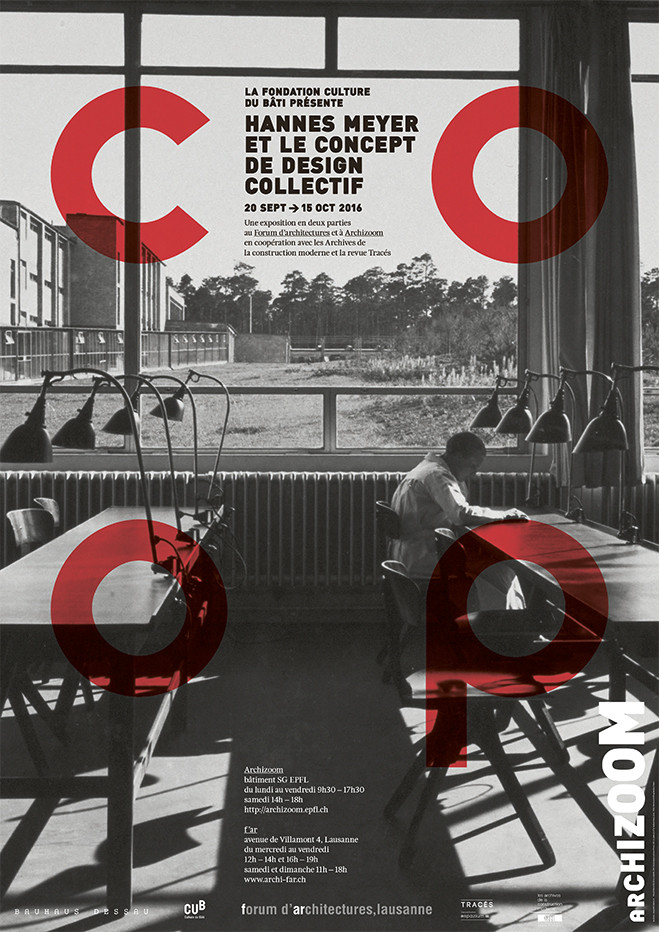The co-op principle
As the second director of this renowned school of design, Hannes Meyer is still overshadowed by the world-famous Bauhaus directors Walter Gropius and Ludwig Mies van der Rohe. Historically, this is chiefly due to his involvement in explicitly left wing politics. For him, art, design and architecture were not independent disciplines. In interaction with the sciences, he saw them as components integral to a comprehensive restructuring of society under the maxim “Volksbedarf statt Luxusbedarf” (The needs of the people instead of the need for luxury). He no longer awarded them an elitist special status, but saw them as a serving part of society.
The exhibition reveals how Hannes Meyer’s design practice changed in just a few years as he transitioned from socialist co-operative member to committed Marxist, by way of contact with the avantgarde of the 1920s. How, under the auspices of the collective, his design vocabulary transformed from a Palladio-inspired classicism to the constructivism of the avant-garde, through to a completely new, tempered understanding of the rationality of modernism, of regionality and the relationship to landscape. Although Meyer’s time at the Bauhaus was brief, in this context with the ‘Volkswohnung’ (People’s flat) that he propagandized, it was pivotal to his entire creative output.
Under these premises, the exhibition layout reflects Hannes Meyer’s design practice in four themes – Society, Education, Architecture and Landscape – and refers to his spheres of activity in four satellites – Influences, ABC – Hannes Meyer and the Avantgarde, Politics and Migration, and Reception and Marginalisation.
Through documents from the EPFL Archives of modern construction, the exhibition brings Hannes Meyer’s contribution to two important chapters of modernism in french-speaking Switzerland to light; the competition for the League of Nations building in Geneva in 1927, for which he received international attention, and the first International Congress of Modern Architecture (CIAM) at La Sarraz in 1928, where he was an active participant.
